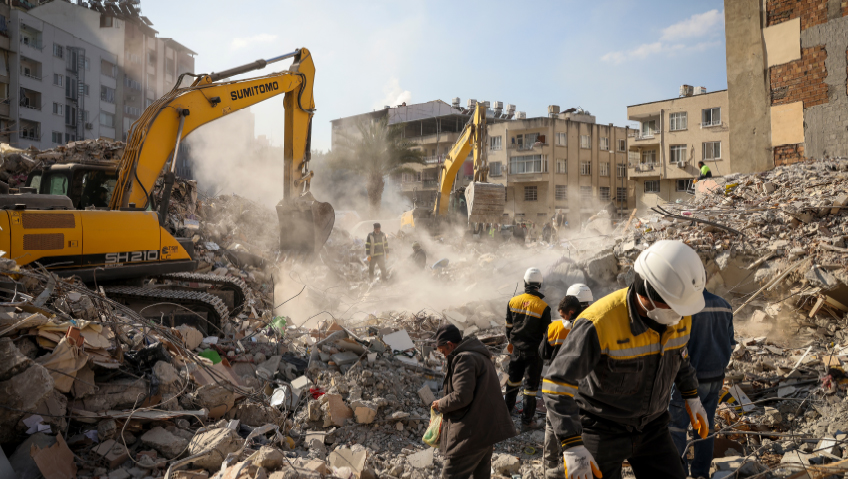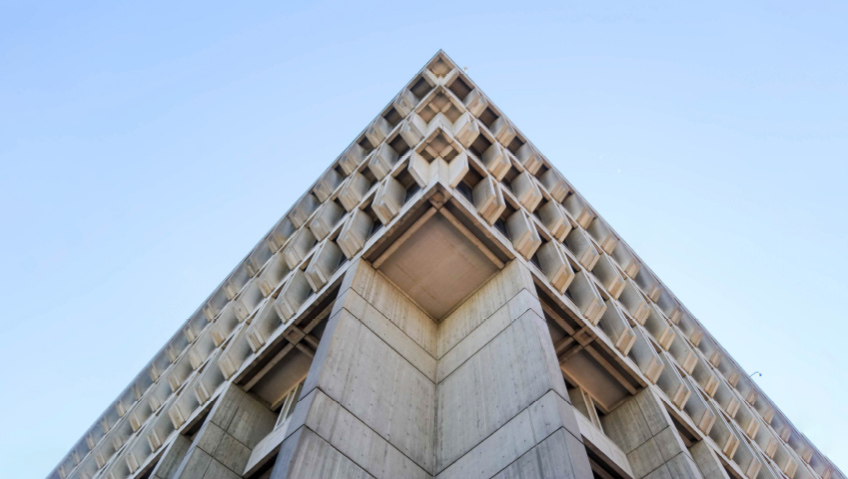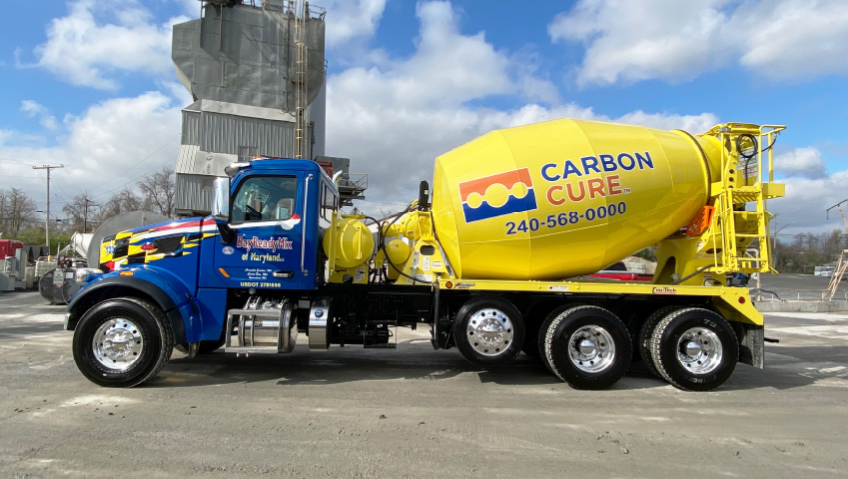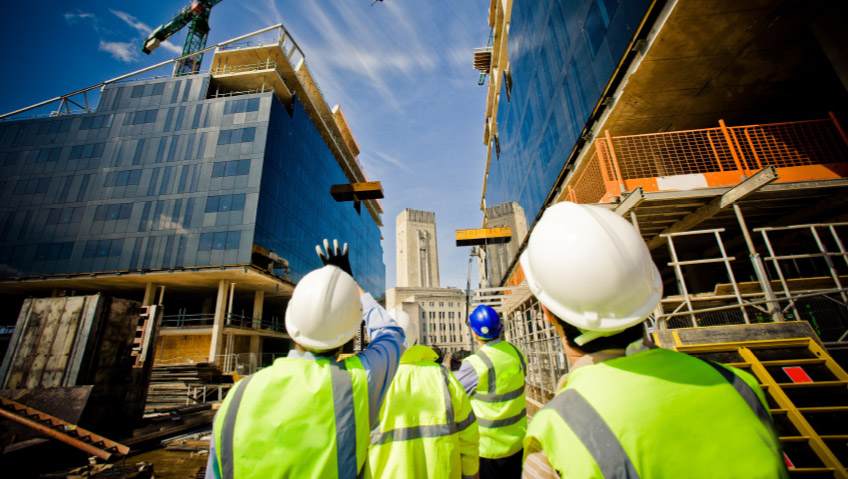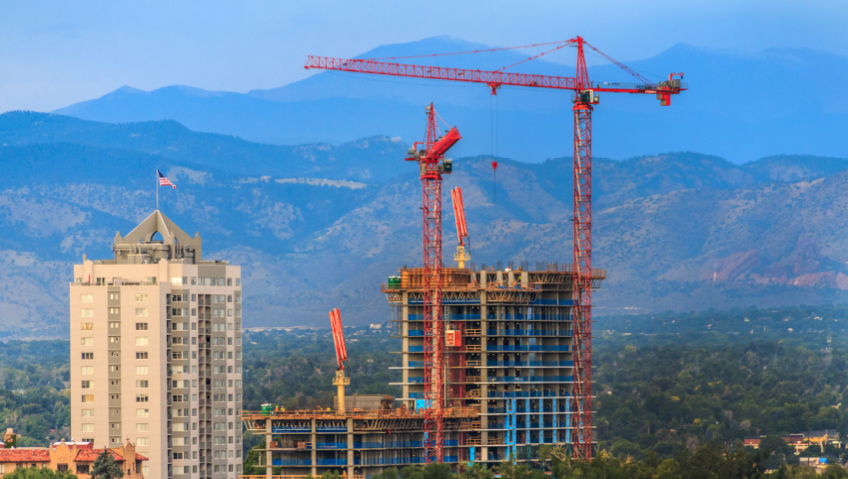In the devastation of a natural disaster, the people of the construction sector are critical to recovery. The stakes are high, and human lives are on the line. Recently this has been made evident by the massive destruction in Turkey and Syria, where devastating earthquakes have left thousands dead and more than a million without shelter. In the aftermath, it’s the construction companies alongside the emergency rescue teams that literally pick up the pieces and begin to rebuild.
There are five main phases after a disaster. Chaos is what defines the first stage, where people are undecided about what to do. This stage includes the start of the assessment of the situation by rescue personnel. Next, realization is where the full scale of the damage is assessed and determined. Following this, mobilization means initial repairs to buildings and infrastructure are begun and new buildings start to appear. It is at this point that a stream of supplies for rebuilding becomes critical.
The last two stages are known as “struggle” and “the new normal.” This is where new business models emerge as rebuilding continues. The transformation or new normal is where the landscape looks different than before the disaster and the community starts to accept and adjust to their new environment.
But what does all this mean for the construction companies involved? When we look at reconstruction, the important question becomes, ‘what can we do now to reduce the scale of future destruction?’ Earthquakes, hurricanes, landslides, flooding—how do we make our built environment safer for people?
The answer is, step by step.
“If there were a major earthquake in Los Angeles, with bridges and highways and railroads and airports all shut down and huge buildings collapsing, I don’t care how much planning you do, the first 72 hours is going to be chaotic,” attorney and former U.S. senator Warren Rudman famously said.
For construction companies, disaster response starts alongside the rescue workers, using heavy machinery differently from how it is typically deployed on a construction site. Immediately after a major earthquake like the one in Turkey, infrastructure is either destroyed or compromised. That means roads could be cracked, power lines are lying on the ground, and buildings and bridges are left crumbling or structurally unsound. Amid the destruction, construction workers and machinery clear roads and move debris so that firefighters and paramedics can access damaged buildings and trapped victims.
Construction teams on disaster sites often help the rescue teams directly. For example, bulldozers move the big blockages like concrete, vehicles, and trees to clear workable routes to the emergency sites and help lift debris at the rescue site. And because disasters don’t just strike in wide open spaces, smaller bulldozers get into dense, urban areas to create life-saving access for rescuers to reach survivors.
Track loaders and wheel loaders can also help quickly remove piles of debris from the disaster site. Track loaders can reach more unstable areas due to their low center of gravity, while wheel loaders can offer some real advantages in the right situation with their speed and maneuverability.
Beyond the heavy equipment that clears debris and blockages, there is also other construction equipment that can do double-duty to set up temporary infrastructure in a place that doesn’t have any. Electricity may be non-existent so generators and lights are used to provide the fundamental necessities for rescue workers to do their duties.
But it’s not as if construction workers are just allowed on any site because they have heavy equipment on hand. Many, but not all, companies are properly licensed to support disaster relief efforts, so when disaster strikes, the U.S. Federal Emergency Management Agency will reach out for their assistance. Crews have to share the risks that come with working on a rescue site, but without their help, efforts to save people are much more limited.
A big part of the philosophy behind disaster recovery is ‘build back better,’ which we heard throughout the pandemic, but this approach has been used by groups like the United Nations since 2004. In the aftermath of any natural disaster, there is opportunity for going beyond simply replacing infrastructure, and partnerships and consultations with community groups can help shape what the damaged communities may become as they recover.
The concept of ‘build back better’ refers to the aforementioned reconstruction and rehabilitation phases that help to restore resilience to communities. The aim is to reduce disaster risk and revitalize the economy and individual lives. This means not just rebuilding but building stronger infrastructure and houses, ultimately creating better communities for the survivors.
This work is especially important because it turns out that most Americans, when asked, want to rebuild after a natural disaster strikes. In an NPR poll, 66 percent of people affirmed they would rather rebuild than relocate.
Caroline Blakely, CEO of Rebuilding Together, a not-for-profit company that helps low-income families repair their homes after a disaster, says it’s a common theme after the trauma of disaster. “Usually it’s where they grow up,” Blakely told Denver 7 News. “It’s where their community is and they want to be where they are, and they want to live next to the friends they’ve known and built up over time.”
Rebuilding better after a disaster has long been a call for construction and engineering firms as cities and regions recover from natural disasters. A 2018 report by the National Institute of Building Sciences noted that for every dollar spent on disaster mitigation, six dollars can be saved in recovery from future disasters.
Internationally, an organization called Build Change focuses on making buildings more disaster-resilient, both before and after a disaster occurs, in the world’s hardest-hit areas.
The group trains people in the Caribbean, Latin America, and Asia on construction practices—using local materials and technology—for a more durable configuration. For example, after the 2015 earthquake in Nepal, the organization saw an opportunity to rebuild damaged or destroyed homes in a way that would make them stronger. And, working with the government, Build Change rehabilitated the homes to make them better able to withstand earthquakes.
CEO Elizabeth Hausler talks about the experience in PBS NewsHour. “We try to understand why buildings collapse and why they don’t,” she explains, highlighting issues like heavy roofs on weak walls, poor quality building materials, and poorly-connected columns.
“It does cost money to retrofit, but it will save money in the long run,” she says. “We can show a clear cost-benefit in terms of the value of the building, but that doesn’t even consider the reduction in lives lost, and the reduction in loss to GDP because people are still working.”
And as technology continues to progress, it is also changing how reconstruction is approached. For instance, after the fire of Notre Dame in Paris, a 3D model of the cathedral as it was before the fire was created for reference. This 3D technology is also being used in Ukraine to archive buildings and assist in the reconstruction of important cultural buildings that have been lost.
Other innovations being used for reconstruction include drones. Companies like Skydio produce drones that create digital twins of impacted areas that help provide real-time monitoring and planning for what will be needed for reconstruction following a disaster.
Sesame Solar is another ground-breaking company that has developed generators that can run on solar, wind, and green hydrogen—key in emergencies. These generators can be set up by a single person and can run autonomously for weeks. Construction companies are using these new technologies to help plan and rebuild during recovery efforts.
There is no question that natural disasters are traumatic and devastating events—but they also create space to bring out the best in the community. And it’s the skills and ability of construction teams that lead the way to coming back stronger and safer for whatever comes next.

